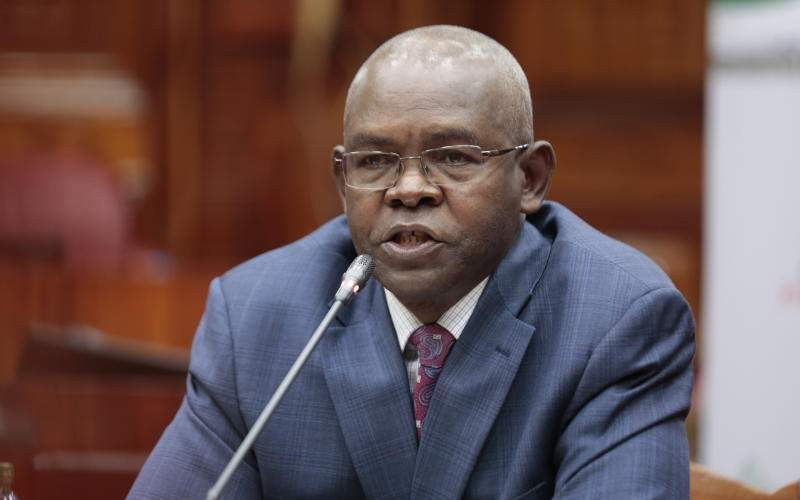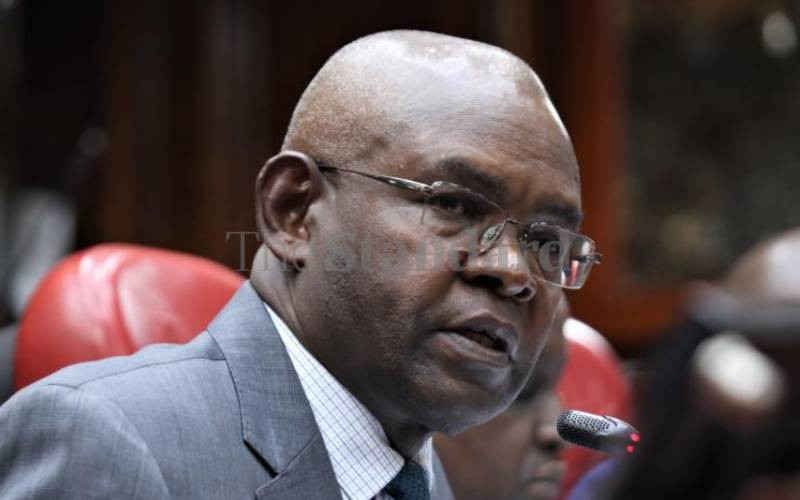
NAIROBI, KENYA: The proliferation of smartphones and spread of mobile money transfer services has led to the emergence of a unique breed of borrower: the digital borrower.
Hustle, using a variety of reports, including one released last week by FSD Kenya, a financial and private sector development firm, presents the profile of this new borrower.
The FSD report, titled the Digital Credit Revolution in Kenya, and done in partnership with the national statistics bureau and Central Bank, estimates that there are about six million unique digital borrowers in Kenya. However, this may be a bit of an understatement.
M-Shwari, the largest digital credit provider, which is owned by the Commercial Bank of Africa (CBA) and telecommunications provider Safaricom, notes that it has 21 million customers, with 76 per cent, or 16 million, being active borrowers as of 2017.
This strong customer base has proven attractive to numerous other digital credit providers, with platforms like Branch recently raising Sh7 billion to expanding its microlending services.
There are several other loans apps in the market, including Tala, Okoa, Saida, Zidisha, as well as KCB M-Pesa and Barclays Bank’s recently launched Timiza.
Quite distinct
Digital borrowers are quite distinct from traditional borrowers.
According to the research, a majority are young at between 26 and 35 years; they are a little restless and reckless; and most are men with a college education. At least 5 per cent of them will borrow just to try out mobile lending.
These digital borrowers tend to live and work in major urban centres; they are neither farmers nor dependents of their families or Government. Some have businesses of their own, though not large enough to afford them a life of luxury.
If there’s something they cherish, it’s their smartphone. The device is not only their main source of entertainment, it’s also an important port of call when they fall into financial distress. And financial distress seems to be a way of life as they face the disconnect between what they earn and what they spend. The income they get at the end of the month is not enough to cover their day-to-day needs.
Most of what they borrow goes towards paying for water, electricity, airtime and bus fare. To be fair to this group of consumers, though, borrowing to survive is not unique to them.
A survey released the Kenya National Bureau of Statistics (KNBS) last month showed that close to a third of Kenyans borrow from dukas, an indication most of these people buy items like bread, milk, maize flour, soap and sugar on credit.
Unfortunately for digital borrowers, the relative ease with which they can access loans has pushed them into debt, with some balancing loans from more than one digital lender.
Stay informed. Subscribe to our newsletter
According to the FSD report, about 6 per cent of borrowers use their loans to repay debts.
On M-Shwari, 2.7 per cent of users use the cash to pay off other loans.
Long and tiring
Further, there’s a slightly less than 50 per cent chance that these digital borrowers will repay their loans.
Of those surveyed, 49 per cent of men and 45 per cent of women admitted to making late repayments.
The main reasons for this were poor business performance and losing their main source of income.
But perhaps the digital lender isn’t really struggling to survive. Maybe he just doesn’t make the best decisions when it comes to managing money.
Digital borrowers, in addition to using loans to meet day-to-day expenses, also uses the money to unwind after a long and tiring week.
According to a fact file on M-Shwari, most users apply for loans in the evening between 6pm and 9pm, with requests peaking on the 10th and 25th of the month.
As digital borrowers get older, however, they tend to reduce their uptake of mobile loans, and what they do borrow is largely used to start or expand a business.
1. Male
According to an FSD Kenya report released last week, of six million unique digital borrowers, men make up 55 per cent of users, while women account for 45 per cent. M-Shwari, the largest digital credit provider, says it has 16 million active borrowers, of whom 59 per cent (12.4 million) are men.
2. Aged between 26 and 36
41 per cent of borrowers are aged between 26 and 35; while 23 per cent are aged between 36 and 45; those aged 18 to 25 make up 21 per cent of borrowers; and those aged over 55 account for 13 per cent. The smallest category of borrowers at 12 per cent are aged between 46 and 55.
3. Educated
7 per cent of digital borrowers are likely to have a university degree (while only 5 per cent of those who borrow from non-digital platforms hold a degree); 20 per cent of digital borrowers have a diploma or technical training (of non-digital borrowers, just 12 per cent have a diploma); 45 per cent have some or complete secondary education (while of those using non-digital options, 38 per cent have a high school education).
4. Urban
Most digital borrowers live and work in major urban centres, such as Nairobi, Mombasa, Kisumu and Nakuru.
5. Employed or a casual worker
For employed borrowers, the loans go towards day-to-day needs (at 40 per cent), education (21 per cent), and personal/household goods (18 per cent). For the casual worker, his loans go towards meeting day-to-day needs (41 per cent), business (23 per cent), education (19 per cent) and airtime (14 per cent).
6. Has a bank account
56 per cent of digital borrowers have a bank account, against 34 per cent of non-digital borrowers.
7. Has a bank loan
9 per cent of digital borrowers have another loan with a bank. For non-digital borrowers, just 2 per cent will owe a bank money.
8. Borrows for business and day-to-day needs
36 per cent of digital borrowers use the cash for business and to meet their daily needs (also 36 per cent). Their other major use of loans is for education (at 14 per cent) and airtime (14 per cent).
9. Has NHIF
When it comes to membership to the National Hospital Insurance Fund (NHIF), 52 per cent of digital borrowers make the requisite monthly contributions, against just 36 per cent of non-digital borrowers who are members of the fund.
10. Has NSSF
34 per cent of borrowers using digital platforms have a pension plan with the National Social Security Fund, against just 21 per cent of non-digital borrowers.
 The Standard Group Plc is a
multi-media organization with investments in media platforms spanning newspaper
print operations, television, radio broadcasting, digital and online services. The
Standard Group is recognized as a leading multi-media house in Kenya with a key
influence in matters of national and international interest.
The Standard Group Plc is a
multi-media organization with investments in media platforms spanning newspaper
print operations, television, radio broadcasting, digital and online services. The
Standard Group is recognized as a leading multi-media house in Kenya with a key
influence in matters of national and international interest.
 The Standard Group Plc is a
multi-media organization with investments in media platforms spanning newspaper
print operations, television, radio broadcasting, digital and online services. The
Standard Group is recognized as a leading multi-media house in Kenya with a key
influence in matters of national and international interest.
The Standard Group Plc is a
multi-media organization with investments in media platforms spanning newspaper
print operations, television, radio broadcasting, digital and online services. The
Standard Group is recognized as a leading multi-media house in Kenya with a key
influence in matters of national and international interest.









